Biography
After studying at the Milan Polytechnic and working briefly in Gio Ponti's office, Franco Albini (Robbiate 1905-1977 Milan) opened his own architectural office in Milan in 1930. Initially, the young architect was guided by the ideas and forms of Rationalism, which were propagated, for example, by Edoardo Persico in the 'Casabella' magazine. Franco Albini's first project, the pavilion for the Istituto Nazionale delle Assicurazioni INA at the Milan Fair in 1935, is characterized by a strict geometric design language. Albini's design focused specifically on the shape of the square, while Mario Cussino's neighboring pavilion, for the mineral water manufacturer San Pellegrino, seems slightly playful in parts. In 1936, at the Triennale vo Milan, Albini designed a one-room apartment, in which he tested the optimal use of space by using multifunctional furniture.
Around the end of the 1930s, Albini supplied furniture designs for Cassina and other manufacturers. For the design of the 'Luisa' chair, he received the coveted Compasso d’Oro Award in 1955. The wicker chair 'Margherita' and the shelf 'Veliero' are also innovative. With his design for the "Pirovano" youth hostel in Cervinia, built between 1949 and 1951, Albini turned to Neorealism. The key projects for his oeuvre also include the museum designs in the Palazzo Bianco and Palazzo Rosso as well as the Tesoro San Lorenzo in Genoa (1950–1951). Franco Albini's clear separation of the new from the old and his ability to make the contrasts visible in his designs was a groundbreaking practice for museum projects in Italy. With steel steles, steel cables that span the ceiling, geometric stair constructions, as well as illuminated showcases and movable hydraulic metal stands Albini demonstrated a completely new museum architecture.
Read more ...Read less ...Objects by Franco Albini
-
In the post auction sale
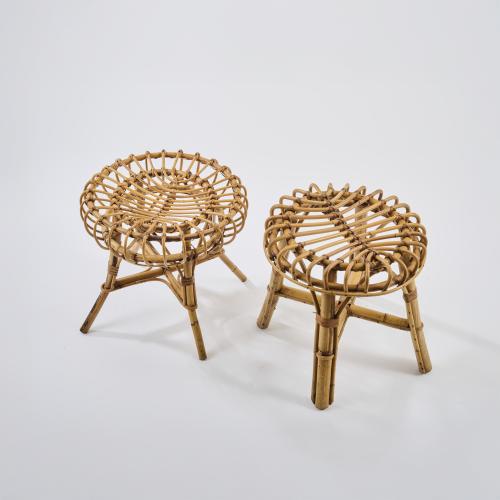
-
Sold
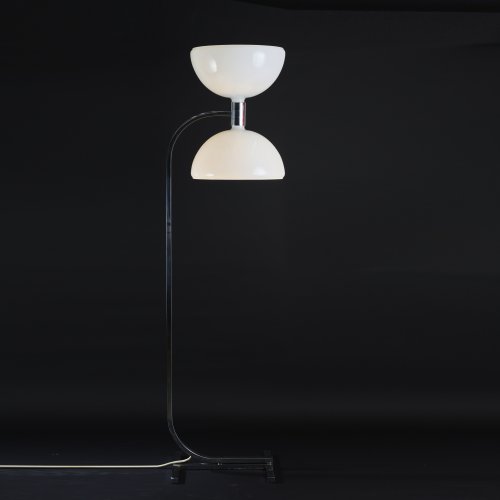
-
Sold
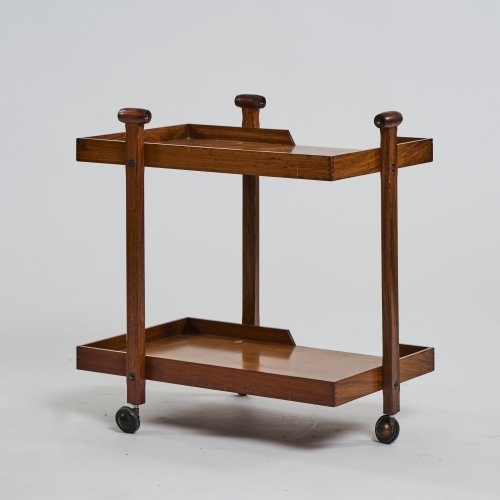
-
Sold
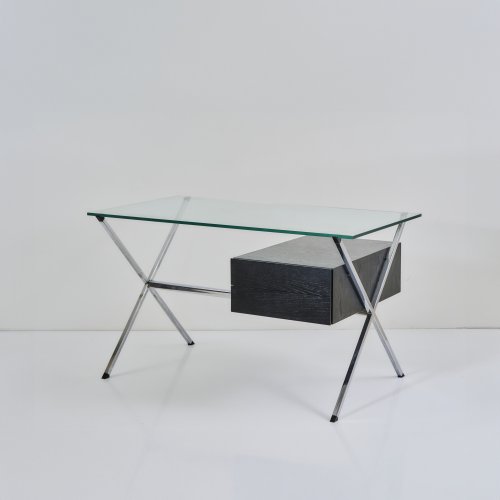
-
Sold
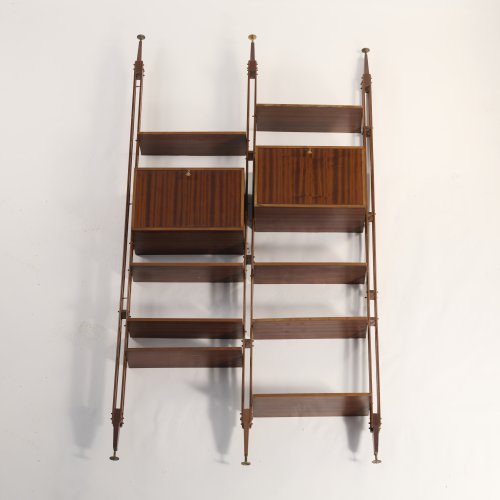
Franco Albini (in the style of) Italien / Italy
Floor-to-ceiling shelf, c. 1958
Hammer Price: 1,000 €
-
Sold
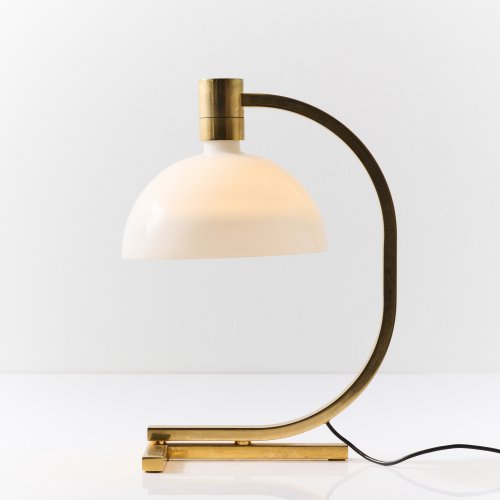
Franco Albini, Franca Helg, Antonio Piva Sirrah, Mailand
'AM/AS' table light, 1969
Hammer Price: 400 €
-
Sold
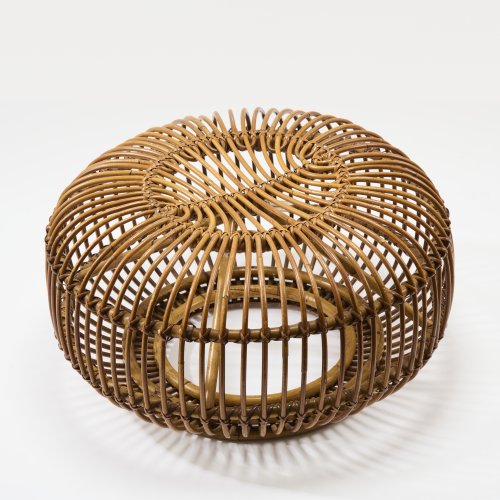
Franco Albini (attributed) Bonacina, Vittorio, Como (zugeschrieben/attributed)
Stool, 1950s
Hammer Price: 525 €
-
Sold
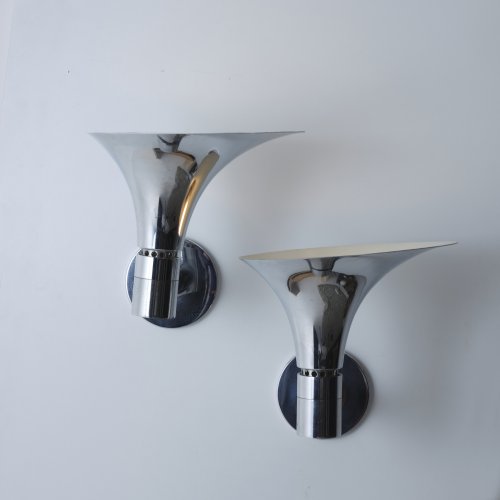
Franco Albini, Franca Helg, Antonio Piva Sirrah, Mailand
Two 'AMAS' wall lights, 1960s
Hammer Price: 330 €
-
Sold
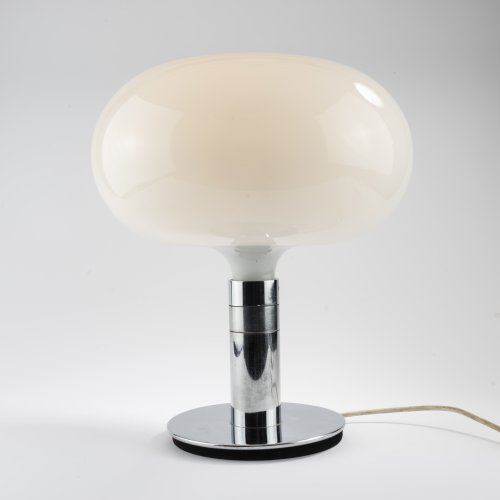
-
Sold
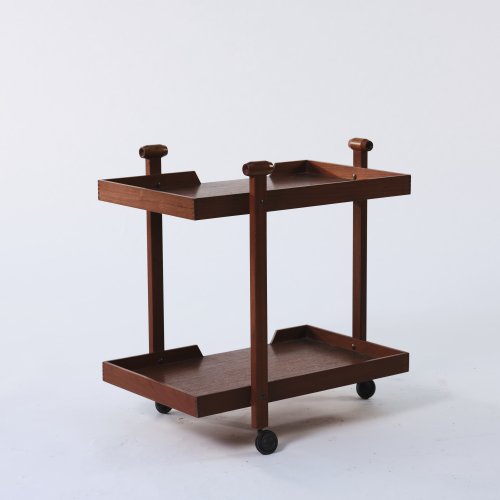
-
Sold
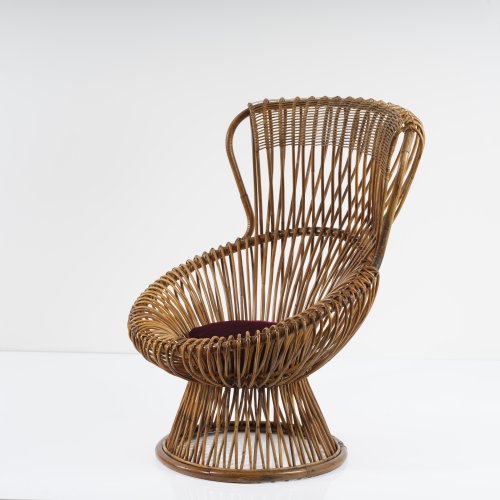
-
Sold
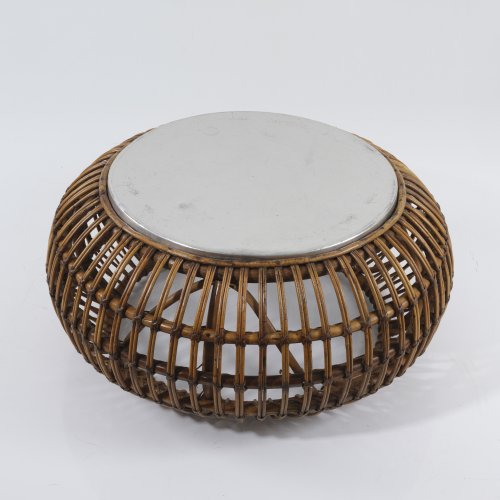
Franco Albini (attributed) Vittorio Bonacina, Como
Coffee table 'Margherita', 1951
Hammer Price: 800 €
-
Sold
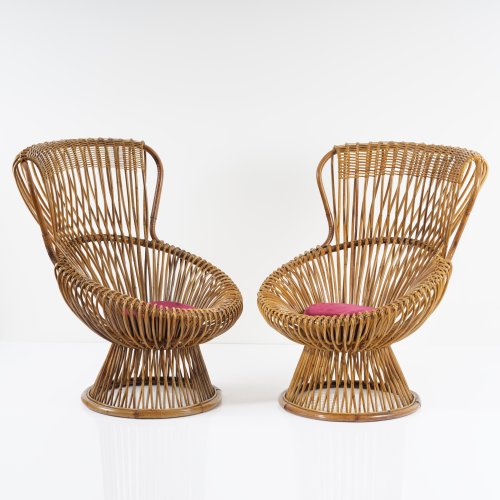
-
Sold
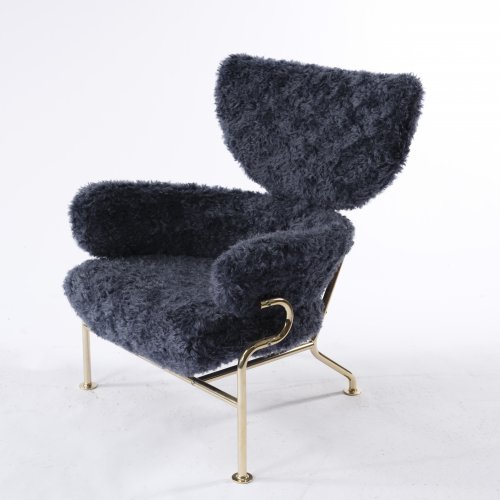
Franco Albini, Franca Helg, Raf Simons Cassina, Mailand
Comfy chair 'Tre Prezzi Argo' - '836', 1959
Hammer Price: 3,500 €
-
Sold
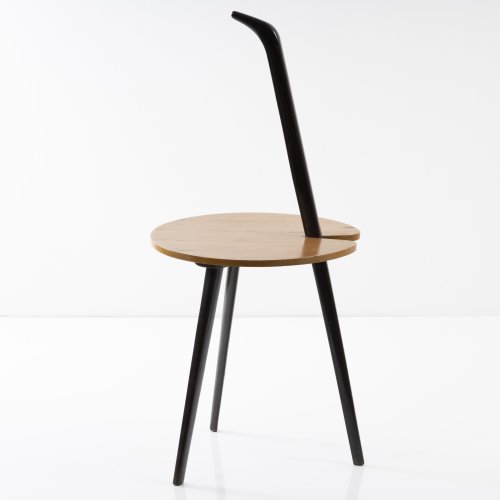
-
Sold
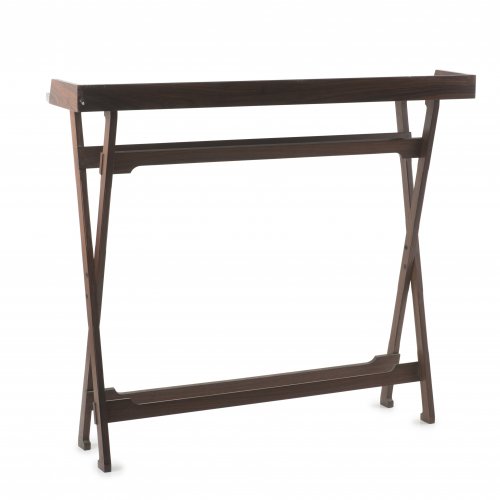
-
Sold
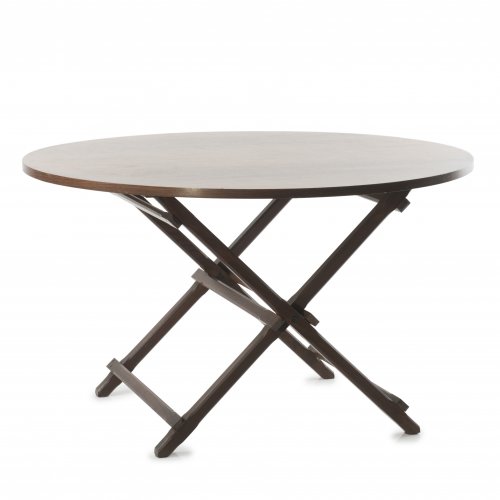
-
Sold
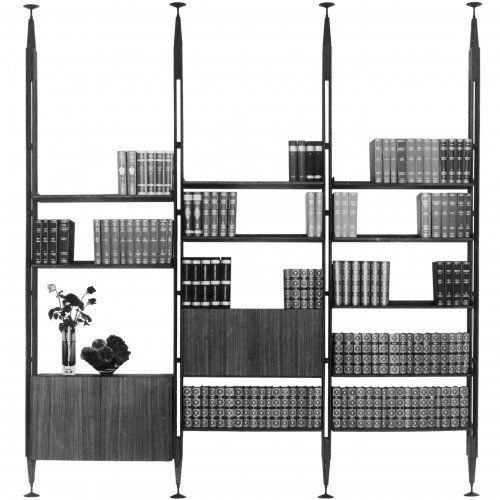
-
Sold
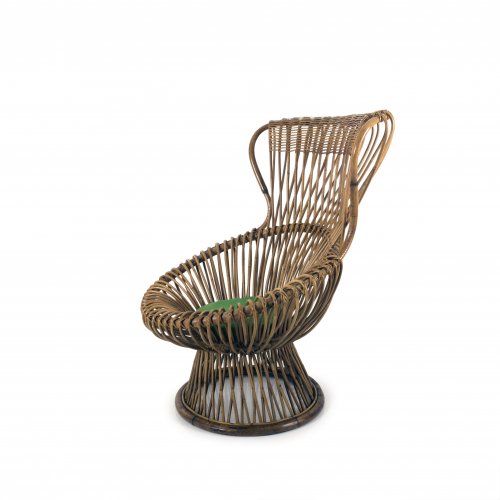
-
Sold
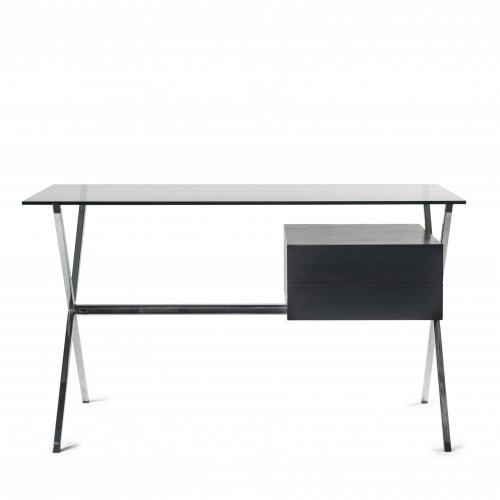
-
Sold
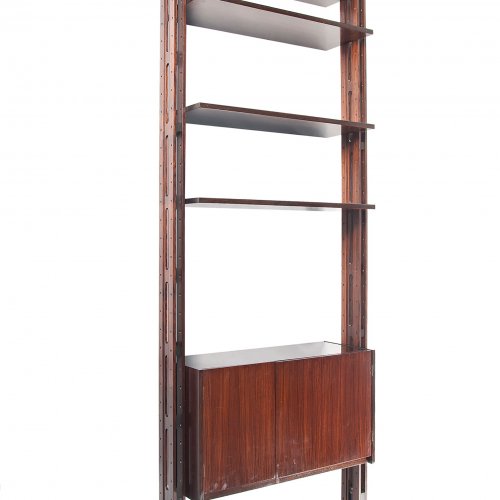
-
Sold
-
Sold
-
Sold
